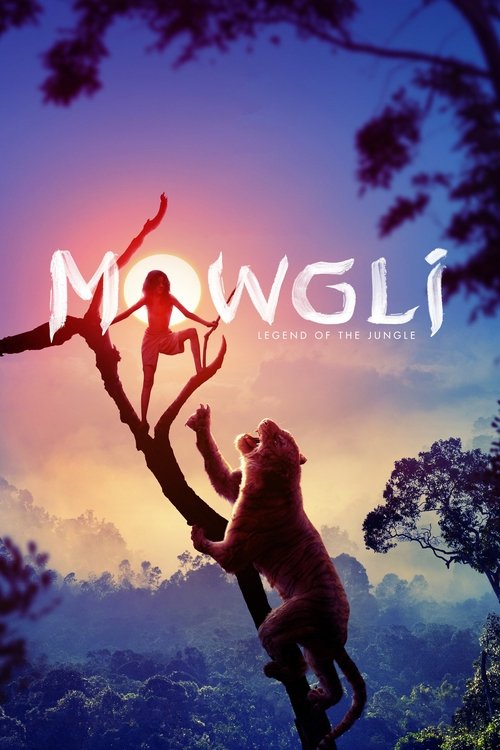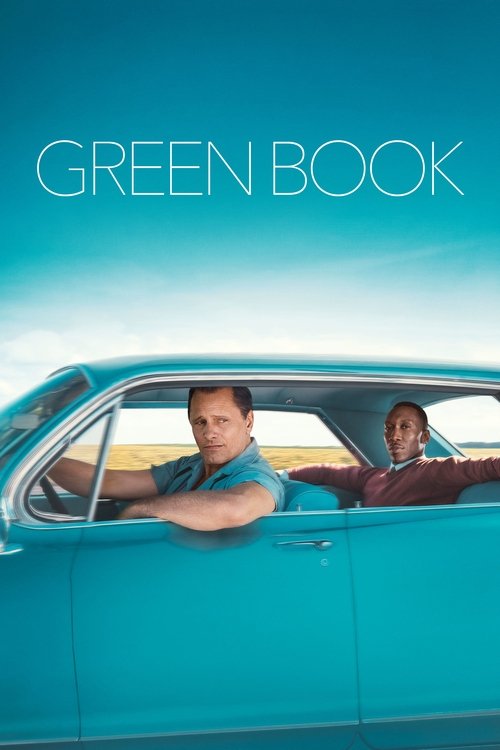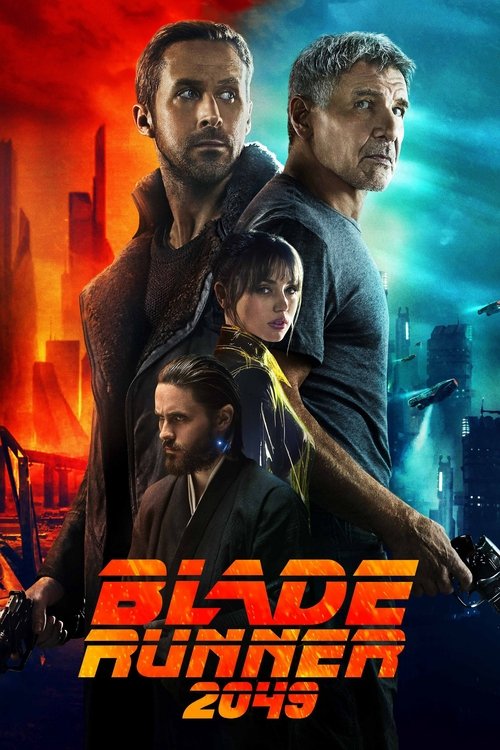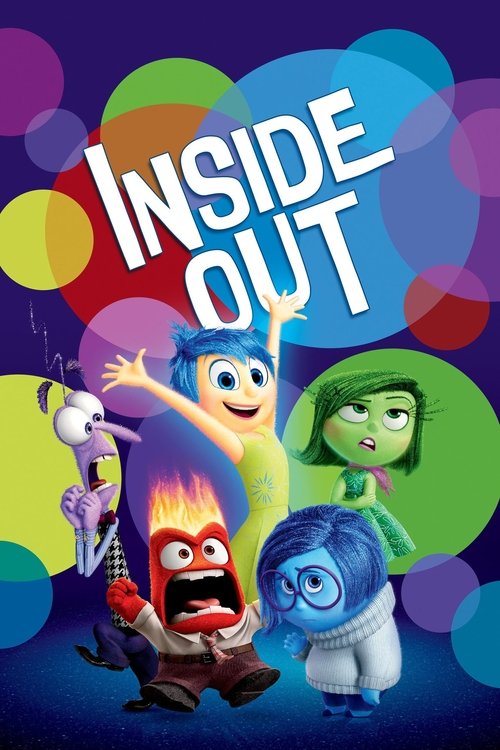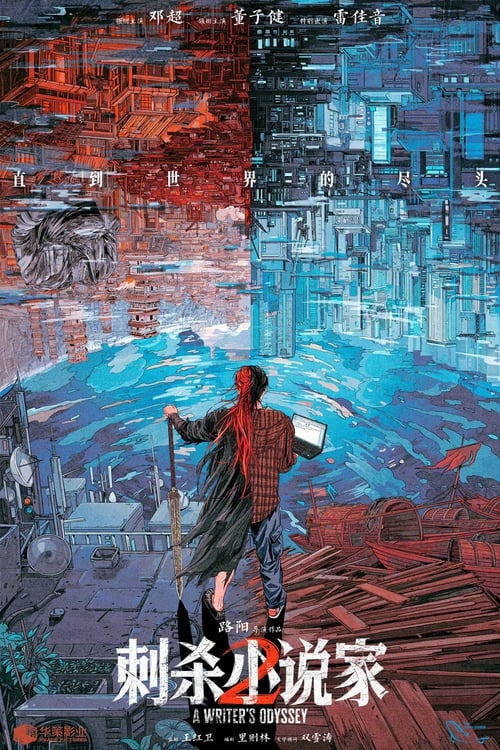
Ask Your Own Question
What is the plot?
What is the ending?
In the ending of "Mowgli: Legend of the Jungle," Mowgli confronts his identity and the conflict between the jungle and the human world. He ultimately chooses to embrace his human heritage while still valuing his connection to the jungle. The film concludes with Mowgli finding a balance between both worlds, leading to a resolution of the tensions that have arisen throughout the story.
As the climax unfolds, Mowgli stands at a crossroads, having faced the harsh realities of both the jungle and human society. After a fierce battle with Shere Khan, the tiger who has long sought to eliminate him, Mowgli realizes that he must take a stand for his place in the world. The confrontation is intense, filled with raw emotion as Mowgli grapples with his fear and determination. He uses his intelligence and the skills he has learned from both his animal family and his human upbringing to outsmart Shere Khan.
In the aftermath of the battle, Mowgli is left to reflect on the choices he has made. He understands that he cannot fully belong to either the jungle or the human world without accepting parts of both. This realization is poignant, as it highlights his growth from a boy raised by wolves to a young man who understands the complexities of identity and belonging.
As the film draws to a close, Mowgli decides to leave the jungle behind, but not without a heartfelt farewell to his animal friends. Baloo, the bear who has been a father figure to him, expresses his pride in Mowgli's journey. Bagheera, the panther, also acknowledges Mowgli's strength and the difficult choices he has made. Their bond is evident, filled with love and respect, as they recognize that Mowgli must forge his own path.
The final scenes depict Mowgli walking towards the human village, symbolizing his acceptance of his dual heritage. He is determined to find a place where he can belong, carrying with him the lessons learned from both the jungle and his human family. The film ends on a note of hope, suggesting that Mowgli will navigate the challenges ahead with the wisdom gained from his experiences.
In summary, the fates of the main characters are as follows: Mowgli embraces his identity as both a human and a creature of the jungle, Baloo and Bagheera support his decision, and Shere Khan is defeated, ending his threat to Mowgli and the jungle. The story concludes with Mowgli stepping into a new chapter of his life, embodying the balance between the two worlds he has come to know.
Is there a post-credit scene?
In "Mowgli: Legend of the Jungle," there is no post-credit scene. The film concludes with Mowgli embracing his identity as both a human and a part of the jungle, solidifying his place among the animals and his acceptance of his dual heritage. The story wraps up with a sense of resolution, focusing on Mowgli's journey and the relationships he has formed, rather than setting up any future events or sequels. The ending emphasizes themes of belonging and the balance between nature and civilization, leaving the audience with a poignant reflection on Mowgli's growth and the world he inhabits.
What motivates Mowgli to leave the jungle and seek out humans?
Mowgli's motivation to leave the jungle stems from his desire to understand his identity and place in the world. Throughout the film, he grapples with his dual nature as both a human and a wolf. The tension escalates when he faces threats from Shere Khan, who represents the dangers of the human world, and when he learns about the existence of humans, which sparks his curiosity and longing for acceptance.
How does Shere Khan's character influence the events in the jungle?
Shere Khan, the menacing tiger, serves as the primary antagonist whose fear and hatred for humans drive much of the conflict in the story. His presence instills fear among the animals, and his desire to kill Mowgli because he sees him as a threat to his dominance creates a sense of urgency. Shere Khan's ruthless nature and his belief that humans are a danger to the jungle lead to a series of confrontations that ultimately force Mowgli to confront his own identity.
What role does Bagheera play in Mowgli's life and development?
Bagheera, the black panther, acts as a mentor and protector to Mowgli. He is the one who initially brings Mowgli to the wolf pack and teaches him the ways of the jungle. Throughout the film, Bagheera embodies wisdom and caution, often urging Mowgli to embrace his animal instincts while also warning him of the dangers posed by Shere Khan. His internal struggle between wanting to protect Mowgli and allowing him to grow is a significant aspect of their relationship.
How does Mowgli's relationship with the wolf pack evolve throughout the film?
Mowgli's relationship with the wolf pack is complex and evolves significantly. Initially, he is accepted as one of their own, but as he begins to understand his human side, tensions arise. The pack's loyalty is tested when Shere Khan threatens Mowgli, leading to a divide between those who want to protect him and those who fear the consequences of harboring a human. Mowgli's eventual decision to leave the pack reflects his struggle to reconcile his identity and the expectations of both the animal and human worlds.
What is the significance of Kaa's character in Mowgli's journey?
Kaa, the python, plays a crucial role in Mowgli's journey by representing the seductive and dangerous allure of the jungle. Kaa's hypnotic gaze and manipulative nature serve as a metaphor for the temptations that Mowgli faces. In their encounter, Kaa attempts to lure Mowgli into submission, showcasing the darker aspects of the jungle. This encounter forces Mowgli to confront his fears and ultimately strengthens his resolve to define his own path, rather than succumbing to the influences around him.
Is this family friendly?
"Mowgli: Legend of the Jungle" contains several elements that may not be suitable for very young children or sensitive viewers. Here are some potentially objectionable or upsetting aspects:
-
Violence and Intimidation: The film features scenes of animal confrontations, including fights and threats that can be intense and frightening. Characters, both human and animal, face physical danger.
-
Death and Loss: There are moments that involve the death of characters, which can be emotionally heavy and distressing, particularly for younger audiences.
-
Dark Themes: The story explores themes of identity, belonging, and the struggle between nature and nurture, which may be complex and unsettling for some viewers.
-
Fear and Isolation: Mowgli experiences fear and isolation throughout the film, which may resonate with children who are sensitive to themes of loneliness or abandonment.
-
Intense Emotional Moments: The film delves into Mowgli's internal struggles and emotional turmoil, which may be difficult for younger viewers to fully comprehend or process.
These elements contribute to a darker tone compared to other adaptations of the Mowgli story, making it more suitable for older children and adults.

